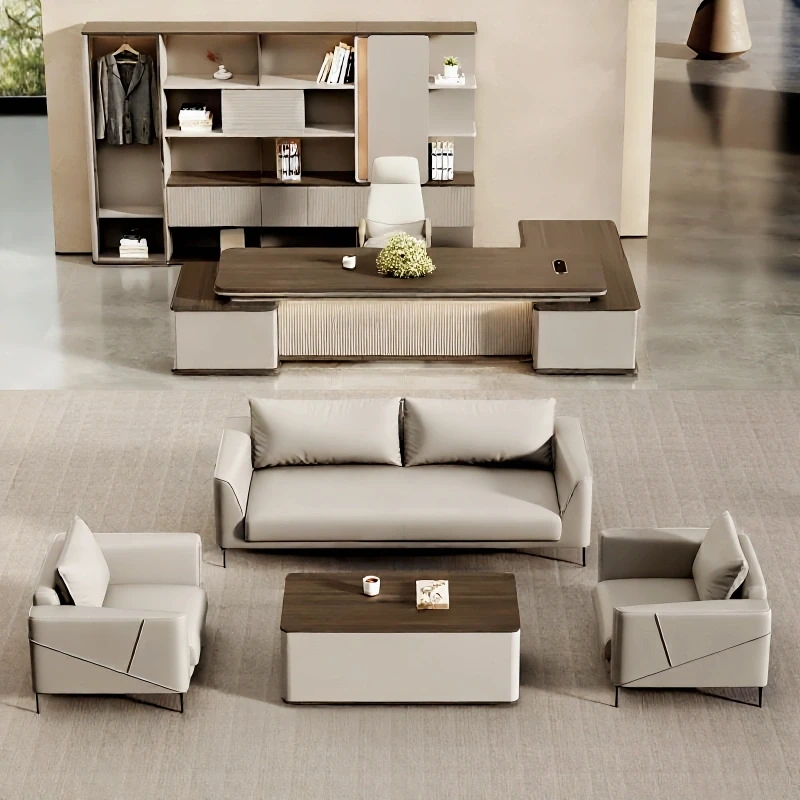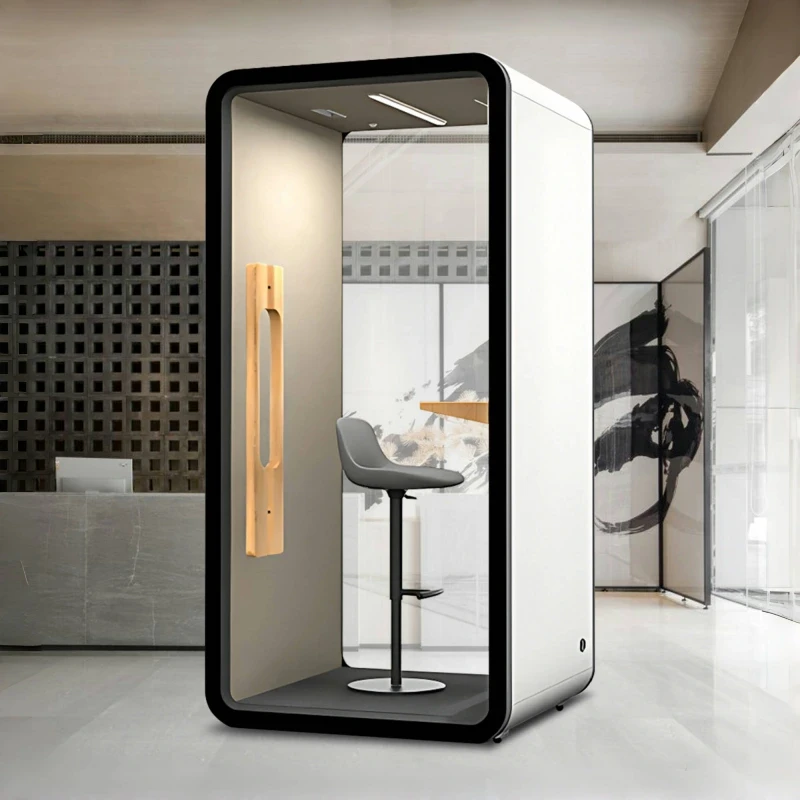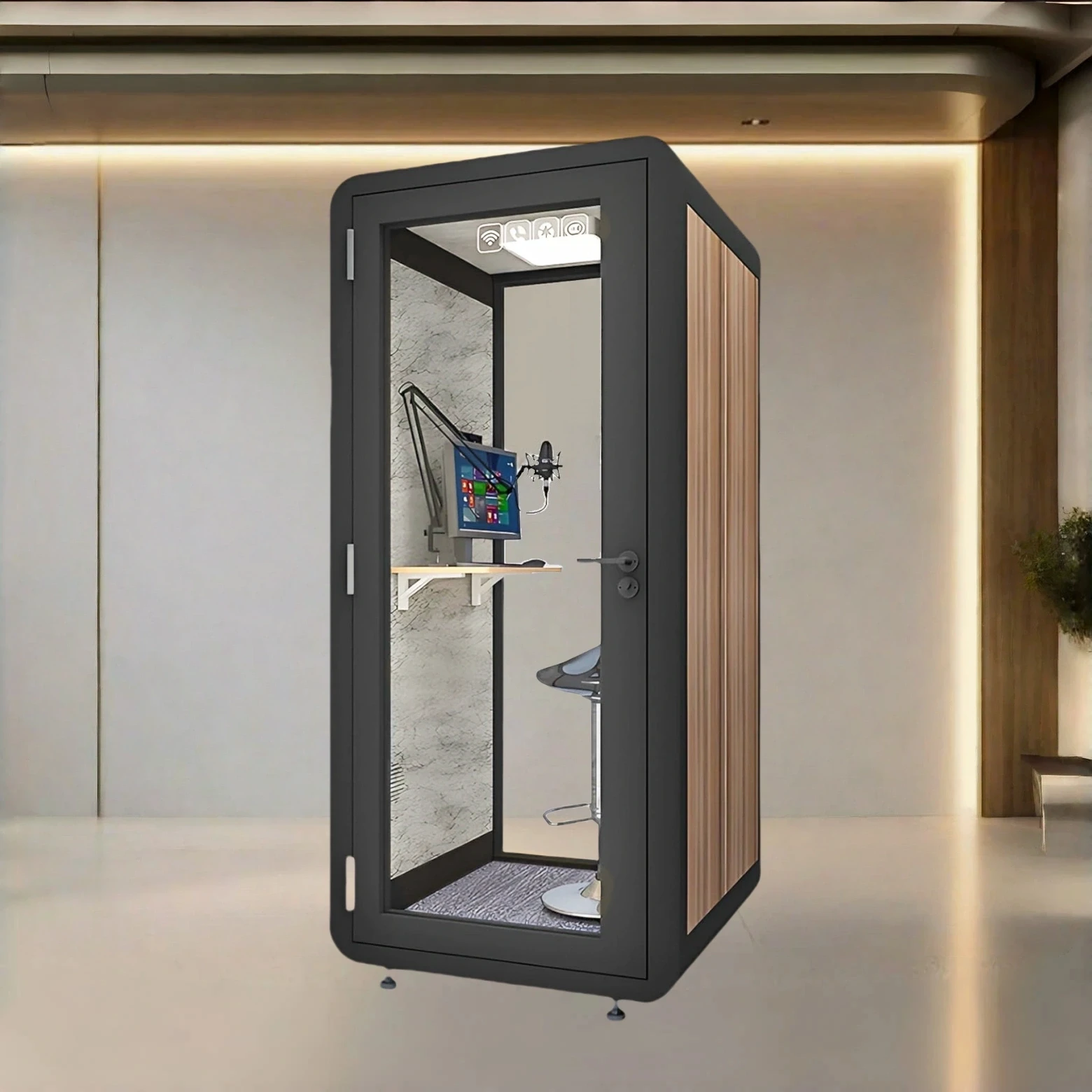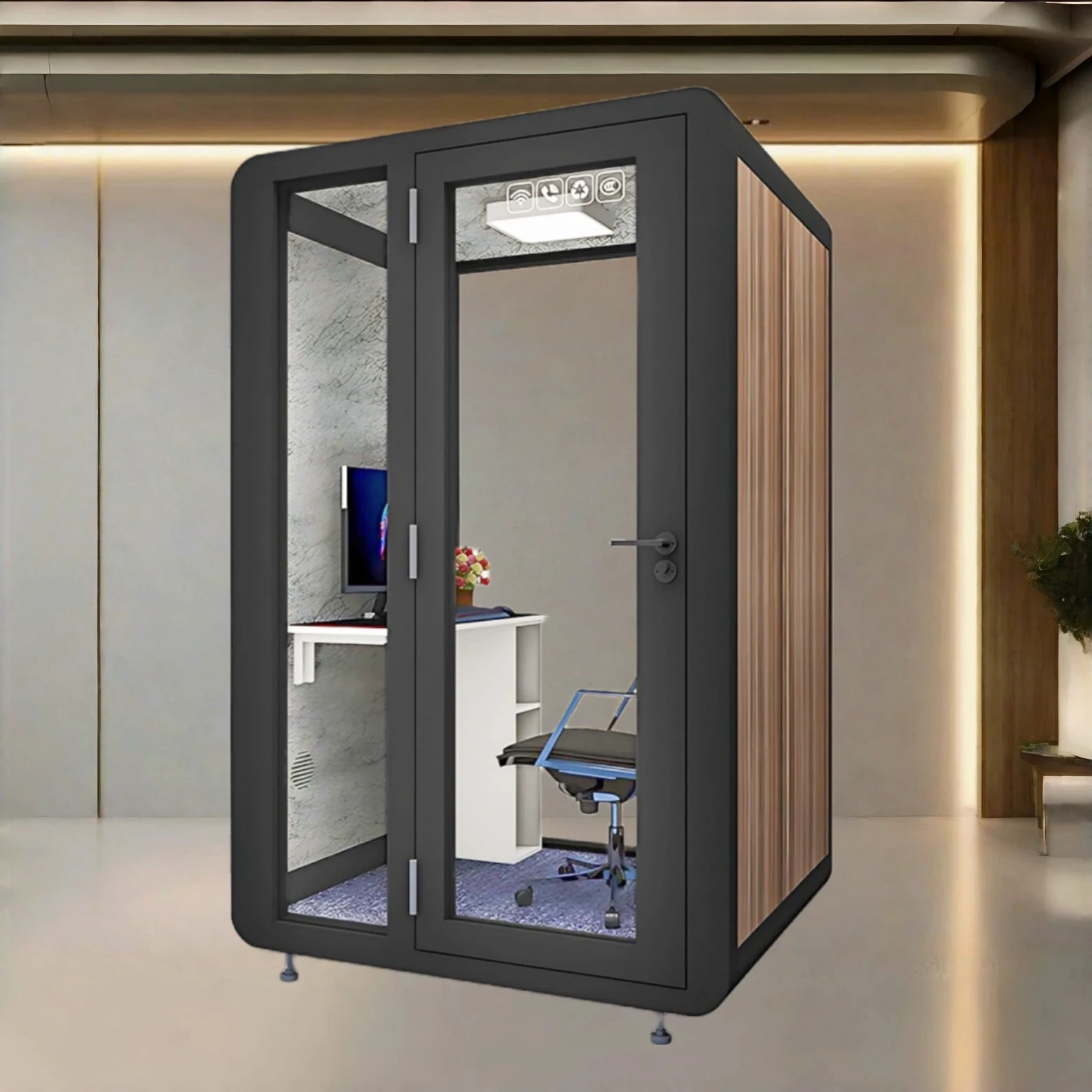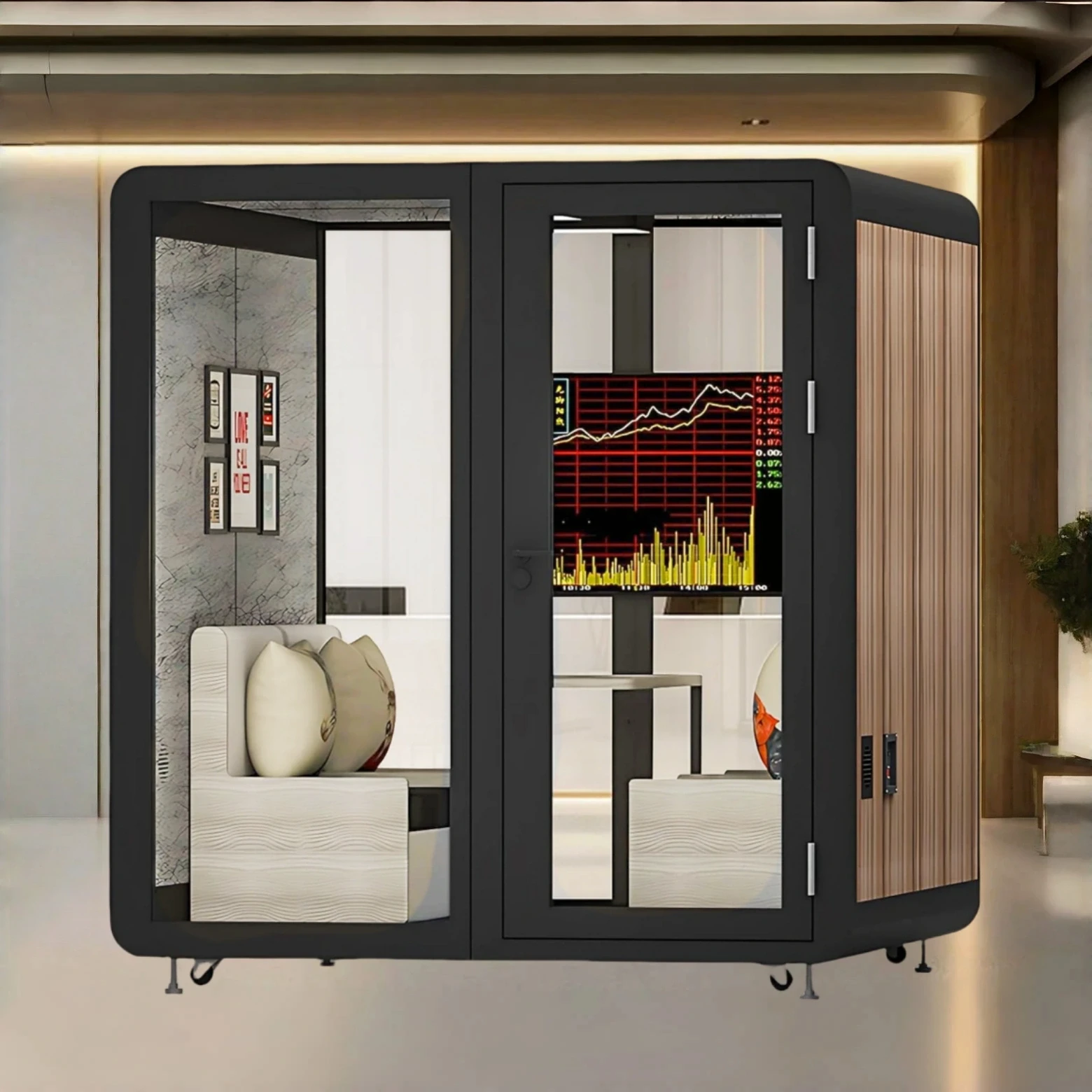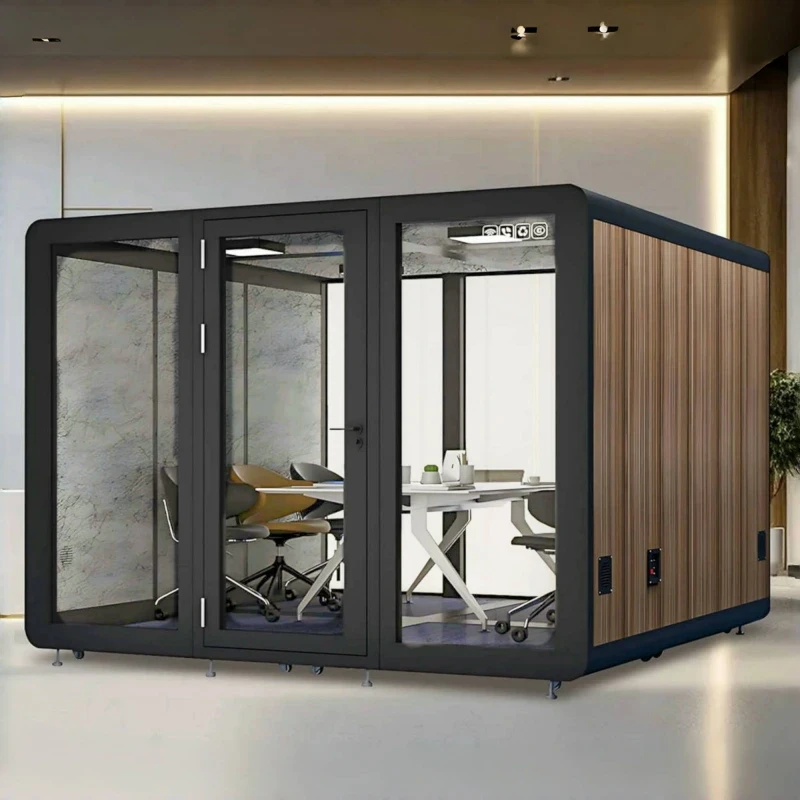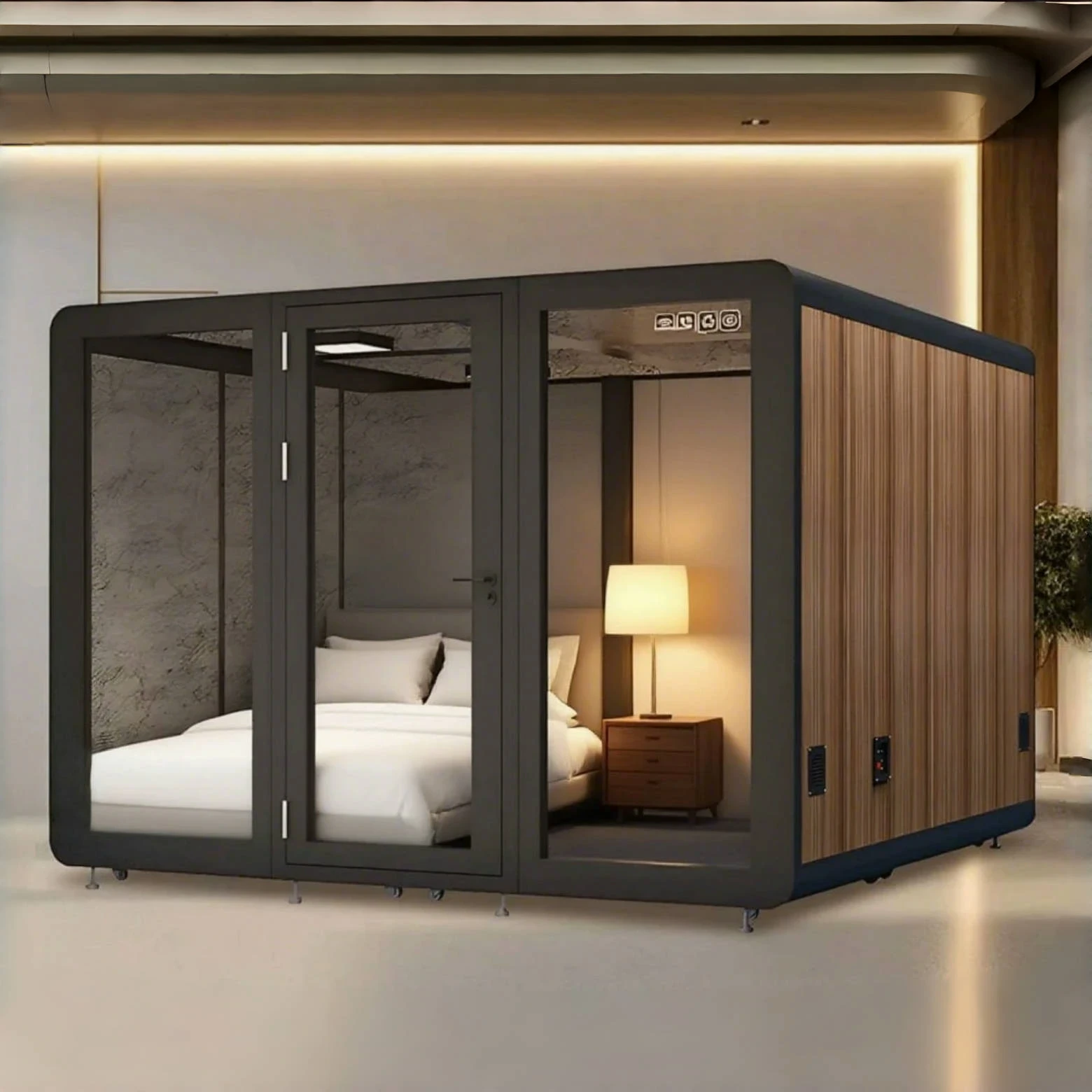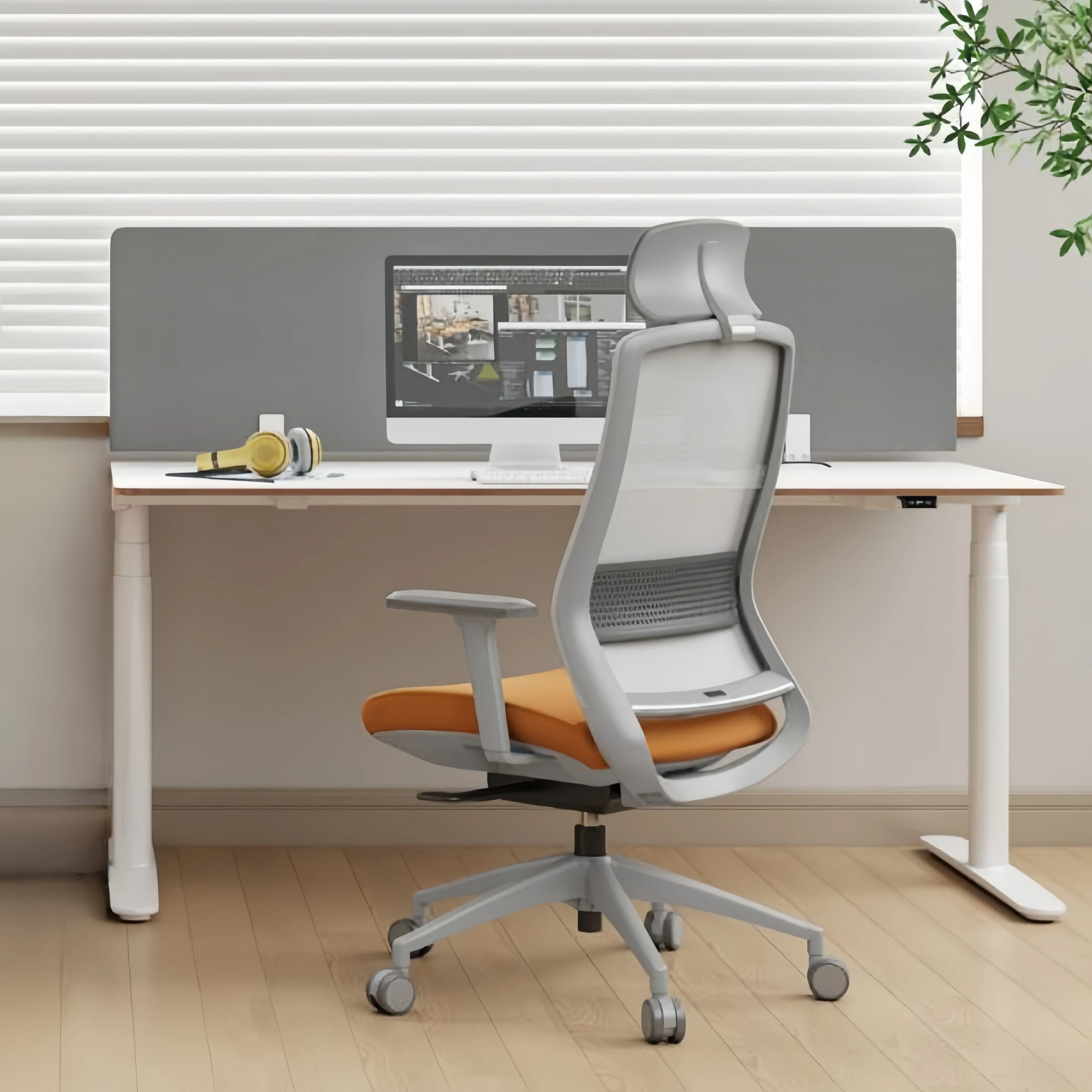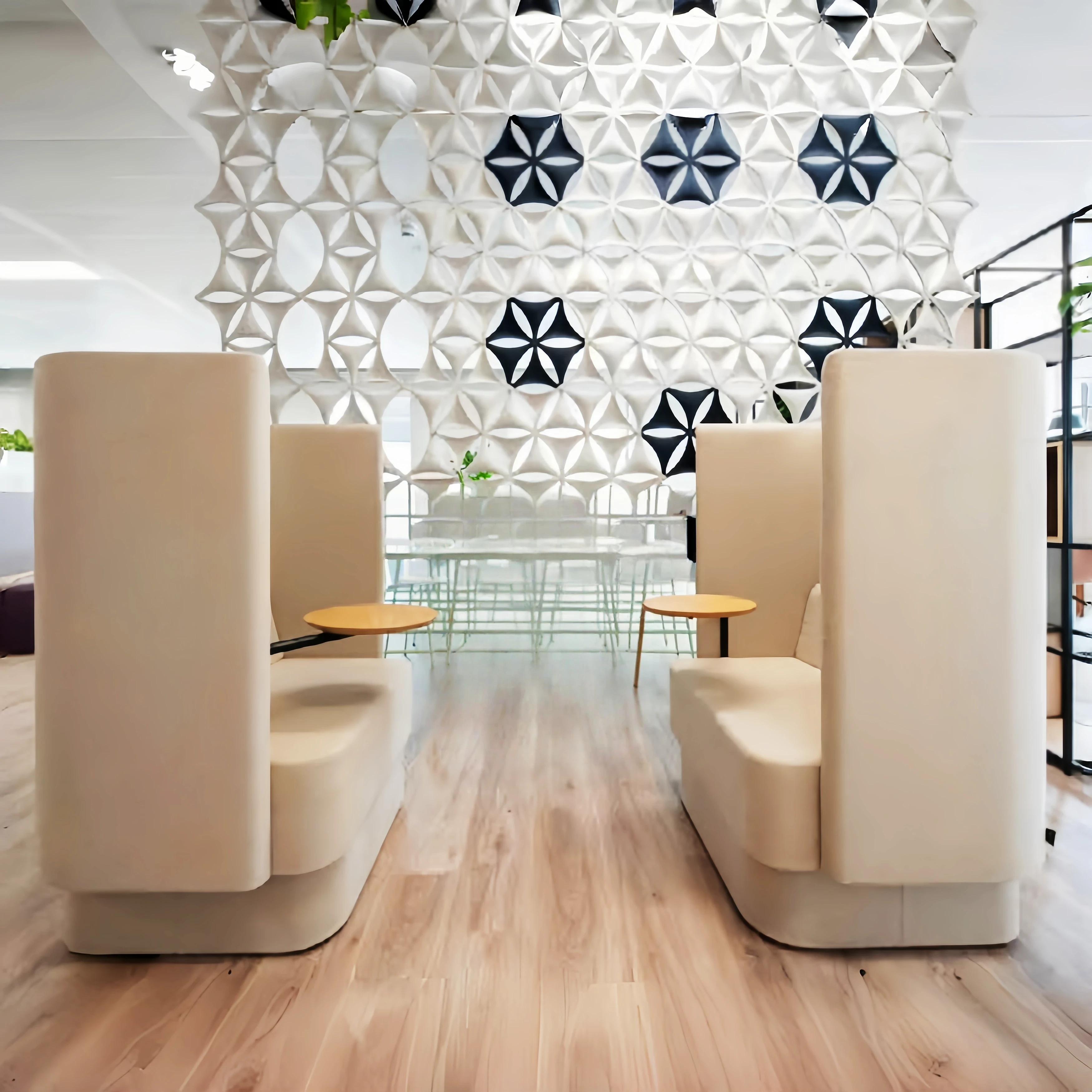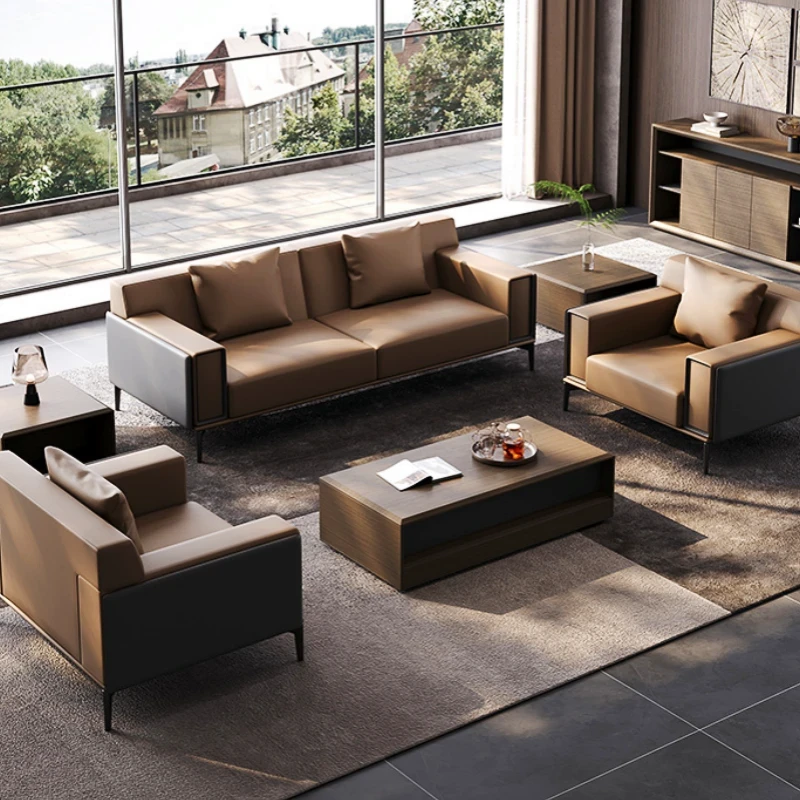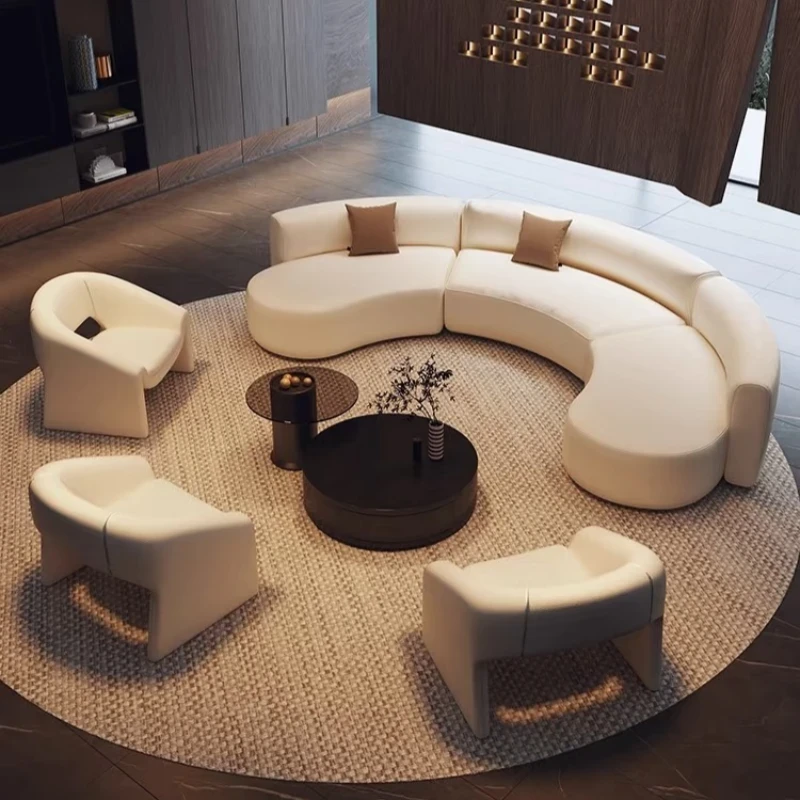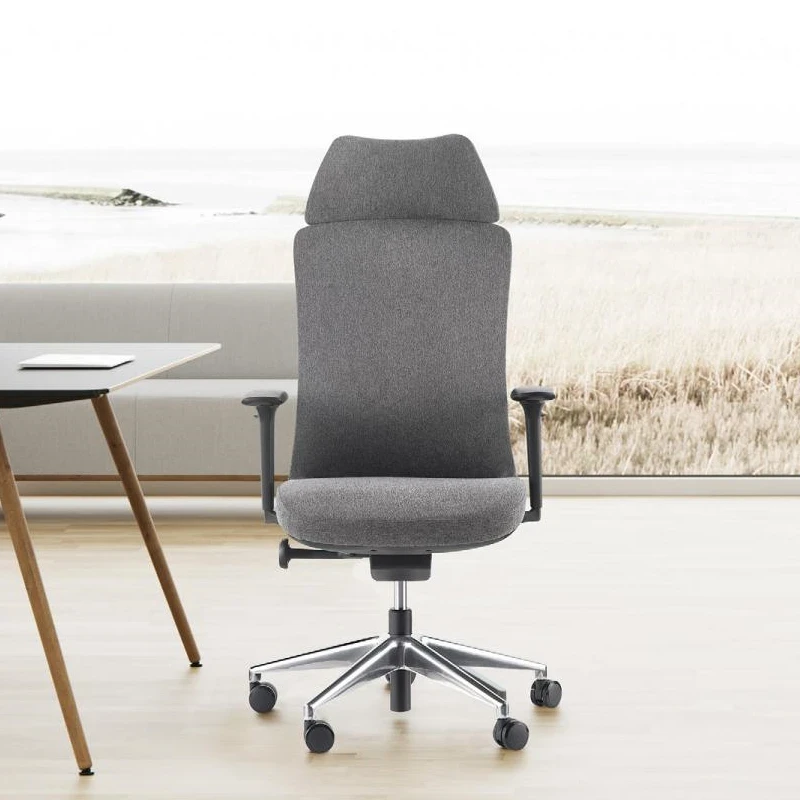With the increasing popularity of working from home and esports gaming, the ergonomic chair market is experiencing explosive growth. Global ergonomic office chair sales reached $14.38 billion in 2023 and are projected to reach $20.28 billion by 2030.
So, what does "true ergonomics" mean? How should consumers choose an ergonomic chair with "true ergonomics"?
Analyzing "True Ergonomics": The Scientific Design Logic of Key Components
Simply put, a "true ergonomic" chair is one that truly conforms to ergonomic principles, effectively mitigating the harmful effects of prolonged sitting and protecting user health. These chairs typically incorporate core and advanced features such as a lumbar support, chassis, and armrests.
The Lumbar Support: The Heart of an Ergonomic Chair
"Pseudo-ergonomic" designs or traditional fixed lumbar supports only provide static support, which can easily lead to lumbar muscle strain and back pain after prolonged sitting. A truly ergonomically designed lumbar support must fulfill three key functions: "wrapping," "following," and "adjusting."
"Wrap": The lumbar support should be designed to conform to the body's curves, using comfortable materials to fit the body, providing pressure relief and support, while distributing the force on the lumbar spine when leaning back.
"Follow": The lumbar support of a "true ergonomic" chair should feature adaptive adjustment. Whether the user is sitting upright or reclining, the support should adapt to the user's strength and position, moving with them to provide support and support.
"Adjust": The lumbar support should also allow for customized support through manual or custom adjustments. For example, the Xihao Floating Wing Lumbar Support offers variable lumbar support from 90° to 105°. The Xihao Domino 3D Lumbar Support System, equipped with a pressure-sensitive feedback module, provides elastic support based on pressure. This self-adjustment through its own stress module provides users with a comfortable feeling of "support and pressure relief."
Chassis: Dual assurance of safety and stability
The chassis is the component that determines the overall stability of the seat and can be considered the "heart" of the seat.
When it comes to safety, the chassis always relies on the core performance of gas pressure rods. The safety and durability of gas pressure rods are determined by the BIFMA test. This test subjects the gas pressure rods in the seats to 120,000 safety and explosion tests. A higher rating indicates better safety performance.
In terms of design, "true ergonomic" chassis often integrates multiple modern disciplines, such as material mechanics, structural engineering, and motion trajectory analysis, to develop designs that provide comfortable force feedback and a smooth operating experience. For example, some chassis feature multi-position locking and gravity sensing. The Xihao M57's "dynamic balance chassis" automatically adjusts the reclining resistance based on the user's weight, preventing the risk of uncontrolled reclining.
Or, for example, Xihao's Space Chassis 2.0, equipped with carbon-glass composite springs, ensures a balance between support and weight, fundamentally alleviating the pain points of "heavy weights can't lean in, light weights can't stand up," achieving a relaxed experience of "easy leaning back and effortless standing up."
Armrests: Truly Ergonomic Design for Practicality
In the development and design of ergonomic chairs, many manufacturers tend to overlook innovative armrest design, resulting in ineffective arm support after prolonged sitting, which can negatively impact shoulder and neck health. Armrests that adhere to "truly ergonomic" design principles should offer the following features:
Height adjustment: Covering a range of 40-60cm to accommodate varying heights;
Forward and backward adjustment: 5-8cm of movement for typing, resting, and other scenarios;
Angle adjustment: ±45° rotation to relieve shoulder pressure.
For example, the cutting-edge 6D bionic articulated armrests, developed by Xihao, offer vertical and horizontal rotation, as well as synchronized tilt. These versatile combinations provide users with secure support and reduced arm fatigue, whether they're working, relaxing, or gaming.
In addition to focusing on "true ergonomics" design, when purchasing an ergonomic chair, consider the following: First, look for certifications. Don't just rely on hype; trust authoritative verification and certifications to avoid being misled by vague concepts like "bionic curves" and "space memory foam." Second, test-sit and let your body's comfort speak for itself. Third, pay attention to design details, striving for excellence in materials and functionality to find the most suitable chair.
In fact, a truly ergonomic chair shouldn't be a cold, industrial product, but a "health companion" that interacts with the human body. The value of a chair lies not in its price tag, but in its ability to keep you upright and comfortable even after an eight-hour workday. This is something a "true ergonomic" ergonomic chair can achieve.

 USD
USD
 GBP
GBP
 EUR
EUR
